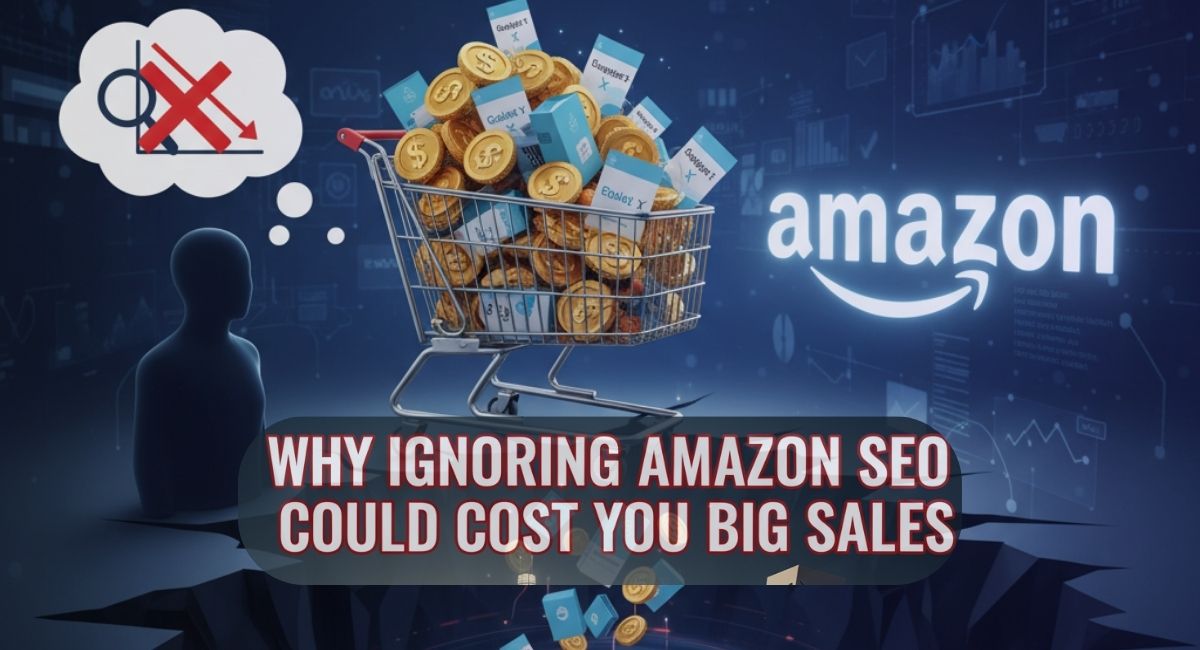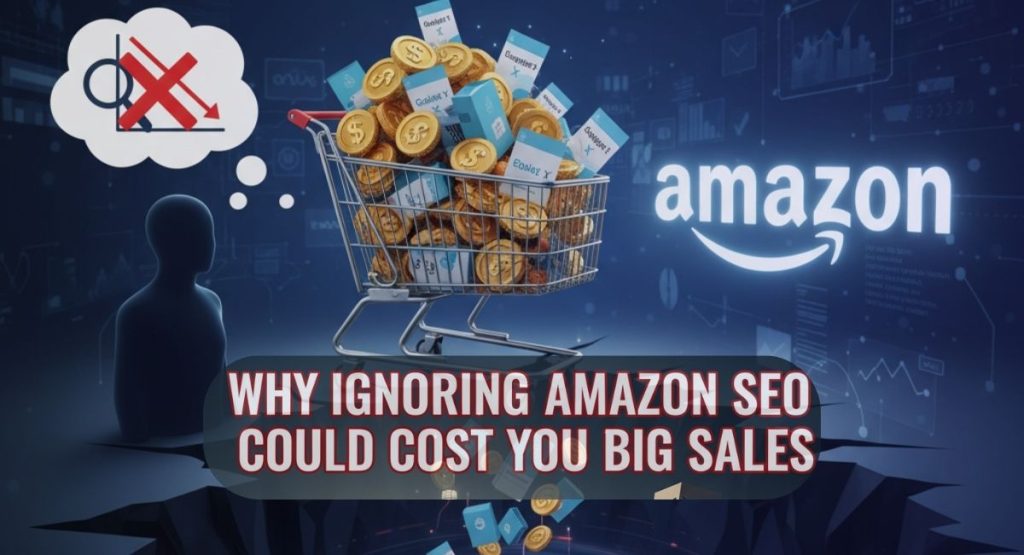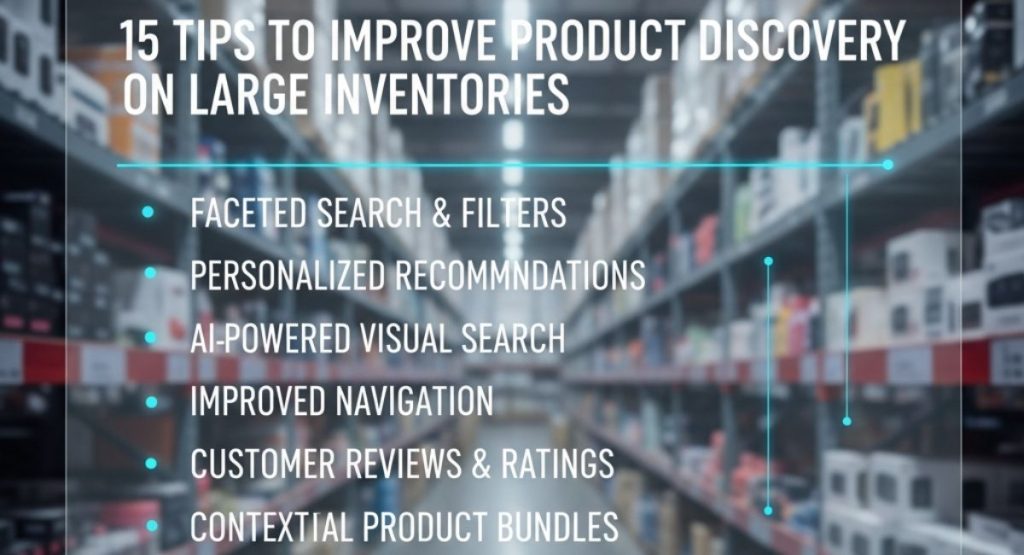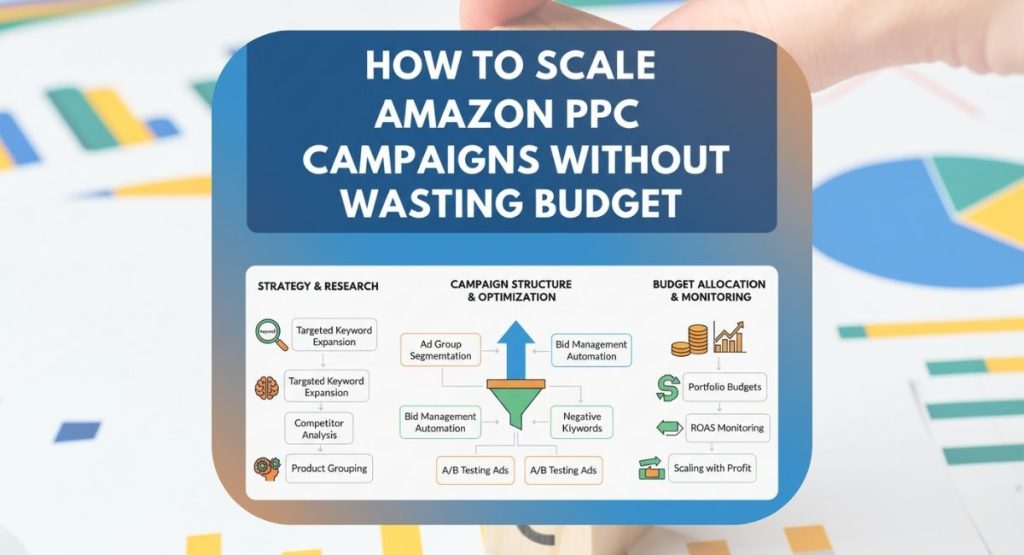Running an Amazon business today is far more complex than simply uploading a product, adding photos, and waiting for sales. The Amazon marketplace is a living ecosystem fueled by algorithms, competition, and buyer psychology. Sellers who underestimate its structure often discover, too late, that even a great product can sit unseen while competitors capture all the attention.
If your product is high-quality but sales are slow, the problem might not be your pricing or your reviews. The real culprit could be invisible to the eye: ignored or ineffective Amazon SEO.
Amazon SEO is not a trick or a shortcut. It’s the foundation of visibility within one of the world’s most competitive online marketplaces. When you ignore it, you’re not just missing clicks—you’re missing paying customers and valuable long-term ranking power.
Imagine a customer searching for “wireless noise-canceling headphones.” Thousands of products compete for visibility, but only the top listings get seen and purchased. If your product doesn’t appear among those results, you’re practically invisible to most shoppers. This invisibility directly translates to lost traffic, missed conversions, and fading brand recognition.
This guide explains why ignoring Amazon SEO costs you real money, how to spot warning signs early, and what practical steps to take to protect your visibility. You’ll also find insights from real ecommerce strategies and natural references to services that strengthen your overall digital presence.
If your store needs technical improvements or design support, you can explore professional ecommerce web development solutions by Maxim Blu, designed to help sellers create scalable, conversion-focused online stores that complement Amazon strategies.
What Amazon SEO Really Means
Before diving into what happens when you ignore it, it’s essential to understand what Amazon SEO actually does.
Amazon SEO, or Amazon Search Engine Optimization, is the process of improving your product’s visibility in Amazon’s search results. The goal is to make your listings appear for the most relevant and high-converting keywords so that when a buyer searches, your product becomes their top choice.
Amazon uses an algorithm known as A9, and more recently, an evolved model referred to as A10. This algorithm determines ranking based on keyword relevance, conversion rate, pricing, reviews, and sales velocity.
Unlike Google, which focuses on informational and educational intent, Amazon’s SEO revolves around transaction intent. Shoppers on Amazon already want to buy something; the algorithm simply needs to decide which product best meets that intent.
Here’s a clear comparison between Amazon SEO and Google SEO:
| Key Aspect | Google SEO | Amazon SEO |
| Search Intent | Informational or commercial | Transactional (purchase-driven) |
| Main Ranking Factors | Backlinks, content quality, authority | Sales velocity, conversion rate, keyword relevance |
| Core Goal | Deliver best informational results | Show the product most likely to sell |
| Key Metric of Success | Engagement and authority | Conversions and reviews |
This difference is why ignoring Amazon SEO has direct financial consequences. Failing to optimize for relevance and performance signals tells Amazon’s system your product might not satisfy buyers, and as a result, it hides you from them.
The Domino Effect of Ignoring Amazon SEO
Sellers who treat SEO as optional often see early sales followed by steady decline. The losses don’t happen overnight but build up silently until traffic and ranking disappear.
Here’s what happens step by step when Amazon SEO is ignored.
Loss of Visibility
Amazon’s algorithm indexes product listings based on keywords and engagement. When your listing lacks relevant keywords, the algorithm simply doesn’t know what your product is about. You miss appearing in key searches and lose potential buyers who were actively looking for your type of product.
This leads to a visibility loss on Amazon, which means your product could exist in the store yet never appear in meaningful searches. For every day that passes, you lose organic exposure that competitors capture.
Missed Keyword Traffic
Neglecting SEO means you’re missing out on the long-tail keywords shoppers actually use. These are specific, buyer-intent phrases like “extra soft microfiber bath towel” instead of just “bath towel.” Missing those long-tail terms results in lower impressions and a drop in conversion opportunities.
The result is what’s known as missed keyword traffic on Amazon, potential visitors who never find your product because your listing doesn’t match their search language.
Higher Dependence on Ads
When organic rankings fall, sellers often compensate by increasing ad budgets. While ads are effective for short-term sales boosts, relying solely on them leads to unsustainable costs. Without strong organic visibility, you’re essentially paying Amazon for every single visitor.
Learning how to balance PPC with SEO can save significant money. Maxim Blu’s article on scaling Amazon PPC campaigns without wasting budget explores how to build smarter, cost-efficient campaigns while strengthening your organic base.
Gradual Search Rank Drop
As your click-through rate (CTR) and conversion rate decline, Amazon’s algorithm perceives your listing as less relevant. This triggers a search rank drop, which can be difficult to reverse. Once rankings fall, recovery requires weeks or even months of consistent effort, optimization, and performance improvement.
Weaker Credibility and Fewer Reviews
Low visibility leads to low sales. Low sales lead to fewer reviews. Reviews, being one of Amazon’s strongest ranking signals, further impact your ability to compete. This cycle creates a negative feedback loop where each missed opportunity compounds over time.
Stagnant Revenue
Ignoring SEO has a financial cost that often goes unnoticed. Suppose your product sells for $30. If poor SEO prevents you from reaching 200 buyers a month, that’s $6,000 in lost sales monthly—or $72,000 per year. Over time, the gap between optimized and neglected listings becomes enormous.
Warning Signs That Your Listing Is Struggling
You don’t always need analytics tools to spot SEO problems. Here are common red flags that indicate your listings are underperforming:
- A decline in impressions or click-through rate despite consistent pricing
- Increased ad spending without improved sales results
- Competitors with lower-rated products ranking above you
- Unchanged content or backend keywords for months
- Drops in keyword rankings across your main target phrases
If these patterns sound familiar, your listing likely needs optimization. Start with a professional evaluation using Amazon Product Listing Optimization Services from Maxim Blu to identify missing keywords, improve copy, and align your listings with Amazon’s algorithmic expectations.
A Framework for Strong Amazon SEO
Amazon SEO isn’t a one-time fix. It’s an evolving process that involves research, optimization, and performance tracking. The following framework helps you maintain ranking stability while staying competitive.
Step 1: Keyword Research and Competitor Study
Good SEO begins with good data. Study what your target audience is searching for and analyze the top-performing listings in your category. Use Amazon’s autocomplete feature, keyword tools, and AI-based research systems to uncover low-competition, high-intent keywords.
For deeper insights, you can explore Maxim Blu’s article on AI-driven keyword research hacks to learn how automation supports smarter keyword selection.
Step 2: Optimize the Product Listing
Once you’ve gathered data, apply it strategically.
- Title: Place the main keyword early, but make it easy to read.
- Bullet Points: Focus on buyer benefits and highlight differentiators.
- Description: Use storytelling to convey product value.
- Backend Keywords: Fill these fields with alternate search phrases and synonyms.
- Images: High-quality, zoomable, and lifestyle-oriented visuals improve conversions.
Step 3: Monitor, Test, and Update
Amazon’s search algorithm evolves continuously. Conduct quarterly reviews, analyze which keywords bring conversions, and experiment with variations in copy and visuals.
For sellers who prefer a managed approach, professional SEO Strategy Services can handle keyword tracking, A/B testing, and listing refinement while you focus on growing your inventory.
Table: Common SEO Mistakes and Their Real Impact
| Mistake | Short-Term Effect | Long-Term Cost |
| No keyword research | Poor visibility | Loss of organic reach |
| Weak titles | Fewer clicks | Lower rankings |
| Ignoring backend fields | Limited search indexing | Missed keyword traffic |
| Outdated content | Low engagement | Search rank decay |
| Poor images | Lower trust | Reduced conversion |
| Few reviews | Less credibility | Slower growth |
The Financial Impact of Ignoring SEO
The losses from poor optimization are not abstract. They directly affect profit. Sellers who skip SEO spend more on ads, lose ranking stability, and experience declining customer retention. Over time, this limits brand growth and market share.
Consider an example: two sellers offer similar kitchen products. Seller A updates keywords quarterly, maintains optimized listings, and earns steady visibility. Seller B ignores SEO and sees fluctuating results. After one year, Seller A’s optimized listings outperform by 200% in total revenue with lower advertising costs.
The conclusion is simple. Amazon SEO is an investment that multiplies over time, while ignoring it costs you revenue in silence.
The Connection Between Amazon SEO and Brand Presence
Strong Amazon SEO also supports your brand outside the platform. When your listings perform well, your brand gains credibility and better conversion performance across other channels.
If you run an independent store, aligning it with your Amazon presence is a smart move. For example, Shopify Web Development Services and WooCommerce Development solutions from Maxim Blu can help you create consistent brand messaging and optimized content across all sales platforms.
Another often-overlooked aspect of optimization is product storytelling. Clear, emotionally resonant product descriptions improve engagement. Using Product Description Writing Services ensures your content is keyword-optimized while maintaining a natural, human voice.
Steps to Recover from a Drop in Rankings
If you’re already experiencing a decline in ranking or traffic, recovery is possible with structured actions:
- Audit every listing for outdated or missing keywords.
- Update product titles and bullet points for clarity and relevance.
- Refresh backend search terms.
- Enhance your images and add A+ content where possible.
- Launch a small PPC campaign to regain traction.
- Encourage reviews using organic follow-up requests.
Partnering with Amazon Ecommerce Solutions providers ensures you recover faster and maintain ranking health through continuous optimization.
Frequently Asked Questions
1. How long before I see results from Amazon SEO?
Typically, you’ll start noticing measurable improvements within 4 to 8 weeks. The timeline depends on how competitive your category is and how well the listing aligns with Amazon’s guidelines.
2. Can I use ads instead of SEO?
Not effectively. Ads provide temporary traffic, but SEO builds long-term sustainability and brand trust. Both should complement each other.
3. Are backend keywords still important?
Yes. Backend keywords remain a critical part of Amazon’s indexing process. They help your listing appear for related search queries.
4. How often should I update my listings?
Quarterly reviews are ideal. Seasonal trends, algorithm updates, and buyer behavior all change frequently.
5. What’s the most common SEO mistake on Amazon?
Overstuffing titles or ignoring keyword intent. Listings that sound robotic discourage buyers and reduce conversions.
6. Is Amazon SEO similar to Google SEO?
Not exactly. Google rewards authority, while Amazon rewards conversions. The two systems share some principles but require different optimization strategies.
7. Do images influence SEO rankings?
Indirectly, yes. Better images increase click-through rates and conversions, which signal Amazon that your product satisfies customers.
8. Should I hire professionals for SEO?
If you manage multiple listings or products, yes. Professional guidance ensures consistent optimization without guesswork.
Why Continuous SEO Wins
Amazon is a dynamic marketplace that changes every day. Competitors update their listings, buyers evolve their search behavior, and the algorithm adjusts to favor performance. Sellers who adapt regularly maintain strong rankings, while those who neglect updates gradually disappear from the top pages.
Consistent optimization gives you a lasting competitive edge. It strengthens your visibility, reduces dependency on ads, and improves your profit margins.
For deeper competitive research and product positioning, Amazon Product Research Services from Maxim Blu can help you identify trending keywords and product gaps that align with current demand.
Final Thoughts
Ignoring Amazon SEO might not hurt immediately, but over time, it can quietly drain your business potential. Every missed keyword, every outdated image, and every unoptimized bullet point adds up to fewer sales and lower visibility.
Success on Amazon comes from being found, trusted, and chosen repeatedly. SEO gives you that foundation. By optimizing consistently, you ensure that your brand remains visible, relevant, and profitable for the long run.
If you’re ready to improve visibility, recover from ranking drops, or strengthen your product listings, explore our Amazon Ecommerce Solutions. Their specialized team helps sellers with full-spectrum optimization, from keyword research to listing enhancement—to ensure lasting success in a competitive marketplace.
In ecommerce, visibility equals viability. The sellers who understand and apply Amazon SEO today are the ones who will dominate the marketplace tomorrow.





